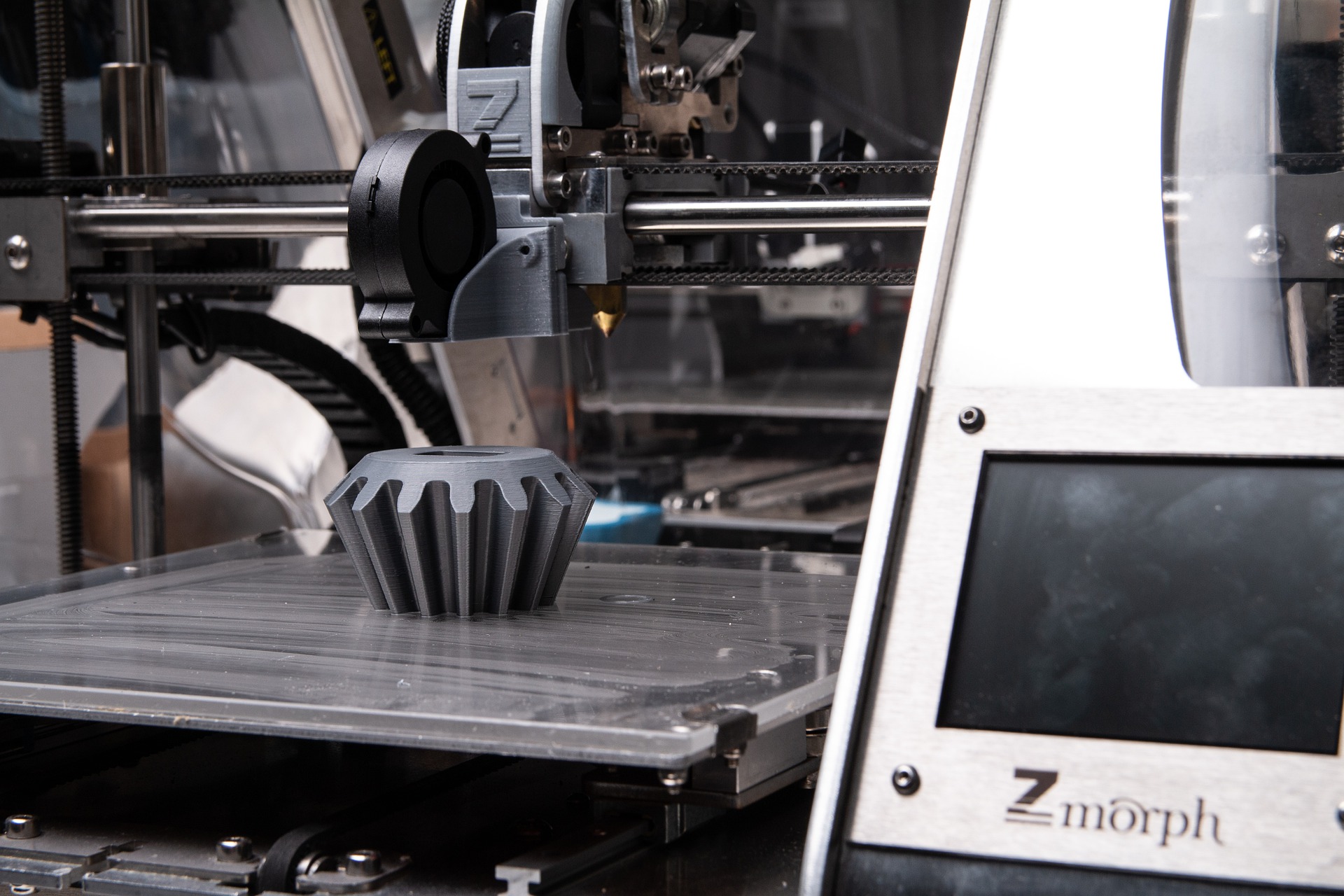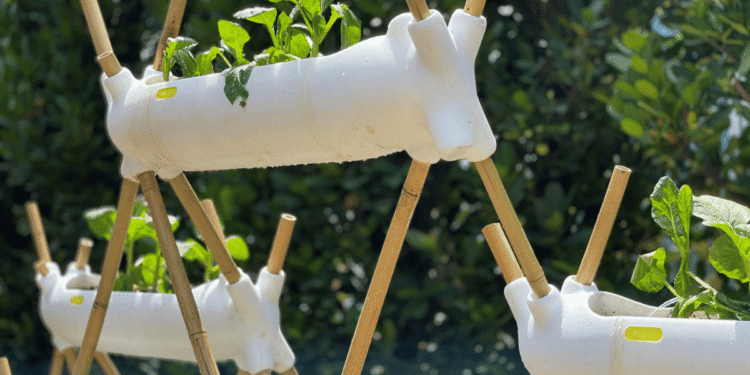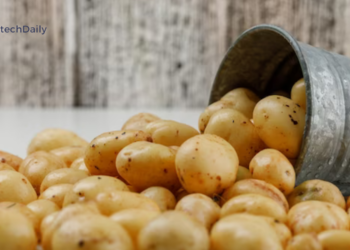Agriculture is a critical sector for the global economy and society, providing food, fiber, and other essential products for billions of people around the world. In recent years, the advent of new technologies, such as 3D printing, has created exciting new possibilities for the agricultural sector. This report will explore the use of 3D printing in agriculture, including its current and potential applications, benefits, and challenges.
What is 3D Printing?

3D printing, also known as additive manufacturing, is a process by which a three-dimensional object is created by laying down successive layers of material. This technology has been widely used in a variety of industries, including aerospace, medical devices, and consumer products, and has the potential to transform the way that products are designed, manufactured, and distributed.
Potential Applications of 3D Printing in Agriculture
While 3D printing is already being used in a number of ways in agriculture, there is significant potential for further applications, including:
- Biodegradable plastics: 3D printing can be used to create biodegradable plastics, which can be used to reduce waste and improve the sustainability of agriculture.
- Irrigation systems: 3D printing can be used to create customized irrigation systems, improving the efficiency and effectiveness of water management in agriculture.
- Sustainable housing: 3D printing can be used to create sustainable housing for livestock and other animals, improving their comfort and reducing the environmental impact of agriculture.
- Vertical farming: 3D printing can be used to create customized structures for vertical farming, enabling the production of crops in urban areas and reducing the need for land-intensive agriculture.
Benefits of 3D Printing in Agriculture
There are several benefits to using 3D printing in agriculture, including:
- Increased efficiency: 3D printing can be used to create customized tools and parts, improving the efficiency and accuracy of agricultural operations.
- Improved sustainability: 3D printing can be used to create biodegradable plastics and other sustainable products, reducing the environmental impact of agriculture.
- Better animal welfare: 3D printing can be used to create customized prosthetics and orthotics for livestock, improving their health and well-being.
- Increased innovation: 3D printing enables new and innovative products and technologies in agriculture, providing new opportunities for sustainable and ethical food production.
Challenges of 3D Printing in Agriculture
While 3D printing has the potential to transform agriculture, there are also several challenges that must be addressed, including:
- Cost: One of the biggest challenges of 3D printing in agriculture is the cost. The equipment and materials needed for 3D printing can be expensive, making it difficult for small farmers to invest in the technology. Additionally, the cost of producing each individual piece using 3D printing can also be higher than traditional manufacturing methods.
- Complexity: 3D printing technology can be complex and challenging to use, especially for farmers who may not have prior experience with the technology. This can make it difficult for farmers to adopt 3D printing technology and utilize it to its full potential.
- Limited Materials: Currently, the range of materials that can be used for 3D printing in agriculture is limited, which can limit the potential applications of the technology. As technology continues to evolve, it is likely that new materials will become available, but for now, the limited range of materials can be a challenge.
- Quality Control: Ensuring that the quality of the products produced using 3D printing technology is consistent can be a challenge. This is especially important in the agricultural industry where the quality of the products can have a direct impact on food safety and the health of animals.
- Regulation: There may be regulatory challenges associated with the use of 3D printing in agriculture, as the technology is still relatively new and the regulations governing its use have not yet been fully established.
Despite these challenges, 3D printing technology has the potential to revolutionize the agricultural industry and create new and innovative solutions to the challenges faced by the industry.
As the technology continues to evolve and become more accessible, it is likely that the use of 3D printing in agriculture will become more widespread and its impact will become more apparent.
APPLICATIONS OF 3D PRINTING IN AGRICULTURE

Customized Tools and Equipment
One of the main applications of 3D printing in agriculture is the creation of customized tools and equipment for specific needs. Farmers can use 3D printing technology to create tools that are specifically designed for their crops and farms, allowing them to work more efficiently and effectively.
Additionally, farmers can use 3D printing to replace parts that may be damaged or worn down, reducing the need for expensive replacements and improving the longevity of their equipment.
Precision Farming
Precision farming is the use of technology to optimize crop production and reduce waste. 3D printing can be used to create customized sensors and devices that can be placed on crops to monitor their growth and provide data that can be used to improve production processes.
These devices can also be used to control the amount of water, nutrients, and other inputs that are used on crops, reducing the impact on the environment and improving the sustainability of farming practices.
Livestock Farming
3D printing can also be used in livestock farming to improve the health and welfare of animals. For example, 3D printing can be used to create custom prosthetics for injured animals, allowing them to recover and return to work on the farm.
Additionally, 3D printing can be used to create feed and water dispensers that are more efficient and hygienic, improving the overall health and welfare of the animals.
Food Production
3D printing technology has the potential to revolutionize food production by allowing farmers to create new and innovative food products. For example, 3D printing can be used to create custom shapes and structures for food products, making them more appealing to consumers.
Additionally, 3D printing can be used to create healthier food products by allowing farmers to control the ingredients that are used and reduce the amount of waste generated during production.
Conclusion
In conclusion, the use of 3D printing technology in agriculture has the potential to create new and innovative solutions to the challenges faced by the industry.
By improving the efficiency and sustainability of farming practices, 3D printing technology can help to ensure that the agricultural industry remains competitive and continues to meet the growing demand for food in the future.
The potential of 3D printing in agriculture is vast and exciting, and as the technology continues to evolve, it will likely play an increasingly important role in shaping the future of the industry.











